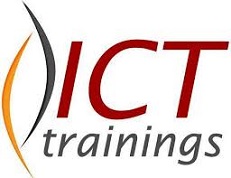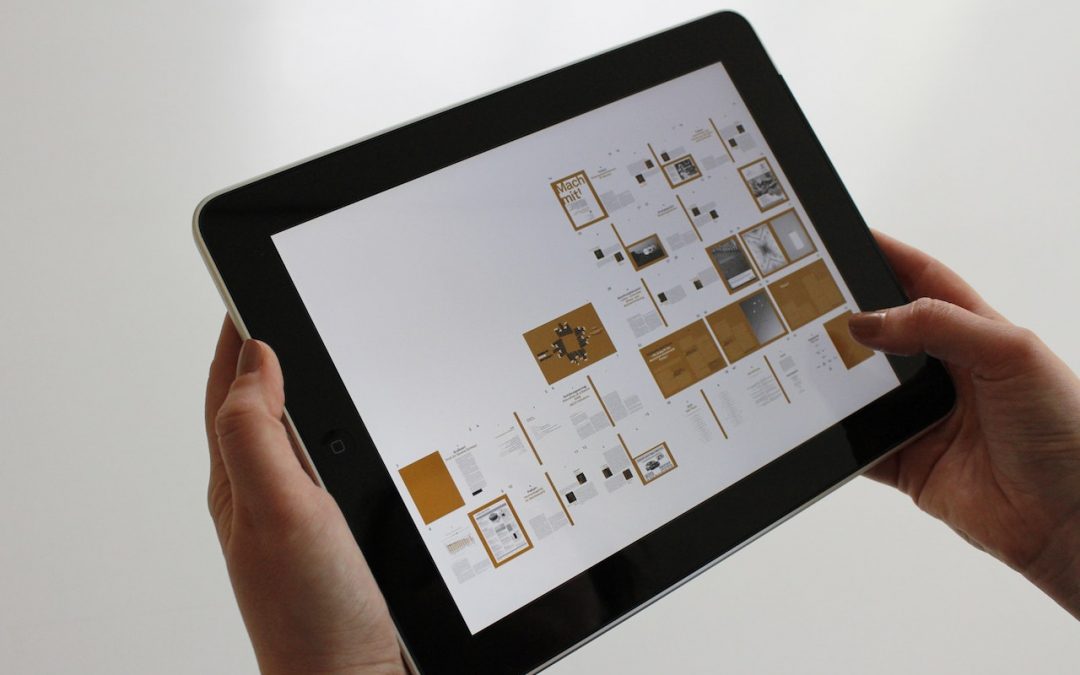The landscape of the Internet of Things (IoT) is rapidly evolving in 2023, with several noteworthy trends shaping the future of this technology. From addressing supply chain challenges to leveraging advanced artificial intelligence, here are some key IoT trends to watch in 2023 and beyond.
Tackling Supply Chain Hurdles
The year 2023 is witnessing significant efforts to resolve supply chain disruptions that hampered IoT growth. Civic IoT investments were delayed due to the pandemic, and chip shortages stemming from factory shutdowns and supply chain snags impacted various industries, including automotive. To address these issues, innovative strategies are emerging. One promising trend is the construction of semiconductor fabrication plants closer to areas of demand. This move aims to mitigate supply chain issues and ensure a more seamless IoT ecosystem.
Enhanced AI Support for IoT Data Analysis
2022 brought substantial advancements in AI algorithms and hardware, empowering more efficient data analysis derived from IoT devices. The accelerating pace of data analysis and insights generation is now a central focus for many companies. With increasing number of IoT devices collecting data, the volume available for analysis and training AI models is expanding. These models, once developed, can be deployed at the network edge or within IoT devices, enabling new applications and enhanced performance. Some models even possess the ability to adapt and learn locally, refining their capabilities based on real-world data.
Industrial IoT Gains Momentum
Industrial settings saw a surge in IoT adoption in 2022, which is expected to continue in 2023. An IEEE survey highlights the growing significance of industrial IoT in technology. This surge is partially attributed to workforce shortages and pandemic-related infection concerns. IoT-enabled factories combine increased monitoring and local intelligence with robotics and automation, reducing the need for human proximity in certain operations. The collaboration between human decision-making and machine intelligence in such setups results in safer and more efficient industrial environments.
Expanding Connectivity for IoT Devices
IoT Analytics projects an 18% growth in IoT devices in 2023, reaching 14.4 billion. By 2025, this figure could climb to 27 billion connected IoT devices. The expansion of 4G/5G networks at the expense of 2G/3G networks is a key driver behind this growth. Urban areas are expected to benefit significantly from improved connectivity, but rural regions may still need more robust networks. This growing digital divide between wealthier urban areas and less affluent rural areas is a trend that warrants attention.
Cost Reduction for IoT Components
Another significant factor contributing to IoT growth in 2023 is the gradual easing of chip shortages, potentially driven by reduced demand due to economic uncertainties. Consequently, prices of various components, including dynamic RAM (DRAM) and NAND flash, are declining. Lower component costs translate into more affordable IoT products, potentially accelerating adoption and mitigating any potential economic downturn.
New Technological Developments
The growing IoT market is attracting a wave of new technological advancements set to drive growth in 2023 and beyond. These developments encompass changes in computer architectures, influenced by evolving storage and memory approaches. These changes will affect data storage and processing, reducing data movement and energy consumption. Innovative chiplet packaging technology enables denser and more specialized chip-based systems at the network edge and within IoT devices. Moreover, fundamental shifts in computer processing could have far-reaching impacts on IoT applications.
Streamlined Data Processing Through System Disaggregation
Disaggregating traditional data center servers and forming virtual computing systems leads to more efficient data processing and lower power consumption. Since a substantial portion of data processed in data centers stems from IoT applications, this trend is vital as IoT continues to grow. Technologies like Non-Volatile Memory Express, Compute Express Link, and evolving computer architecture are set to reduce costs for many IoT applications.
Innovations in Chip Design and Standards
In addition to system disaggregation, traditional semiconductor device design is transforming with the introduction of chiplets. These more minor chips separate various CPU functions, making them interconnected in compact packages. The introduction of the Universal Chiplet Interconnect Express (UCIe) standard in 2022 is poised to combine specialized chips from multiple manufacturers into a single package, leading to more efficient semiconductor devices for data centers, the network edge, and IoT endpoint devices.
Evolving Non-Volatile Memory Technologies for IoT
While prices of traditional memory technologies decline, emerging non-volatile or persistent memory technologies are beginning to emerge in IoT devices. Magnetic RAM (MRAM) and resistive RAM are entering consumer IoT devices such as wearables. Substituting static RAM with non-volatile memory, like MRAM, allows IoT devices to operate in lower-power states when not actively in use. This is particularly beneficial for battery-powered applications, extending the lifespan of IoT devices between charges.
In conclusion, the IoT landscape in 2023 is marked by ongoing efforts to overcome supply chain challenges, the integration of advanced AI for data analysis, expanding use cases in industrial settings, improved connectivity, cost reduction for IoT components, and a wave of new technological developments that promise to reshape the IoT ecosystem. As the year progresses, these trends are expected to play a pivotal role in the evolution of IoT, offering new opportunities and solutions for businesses and consumers alike.

